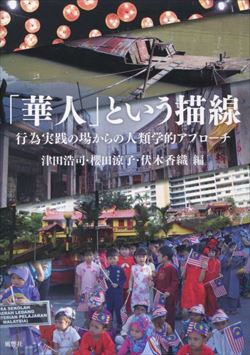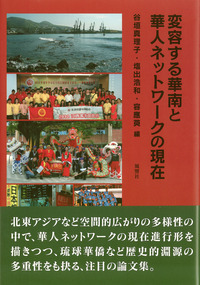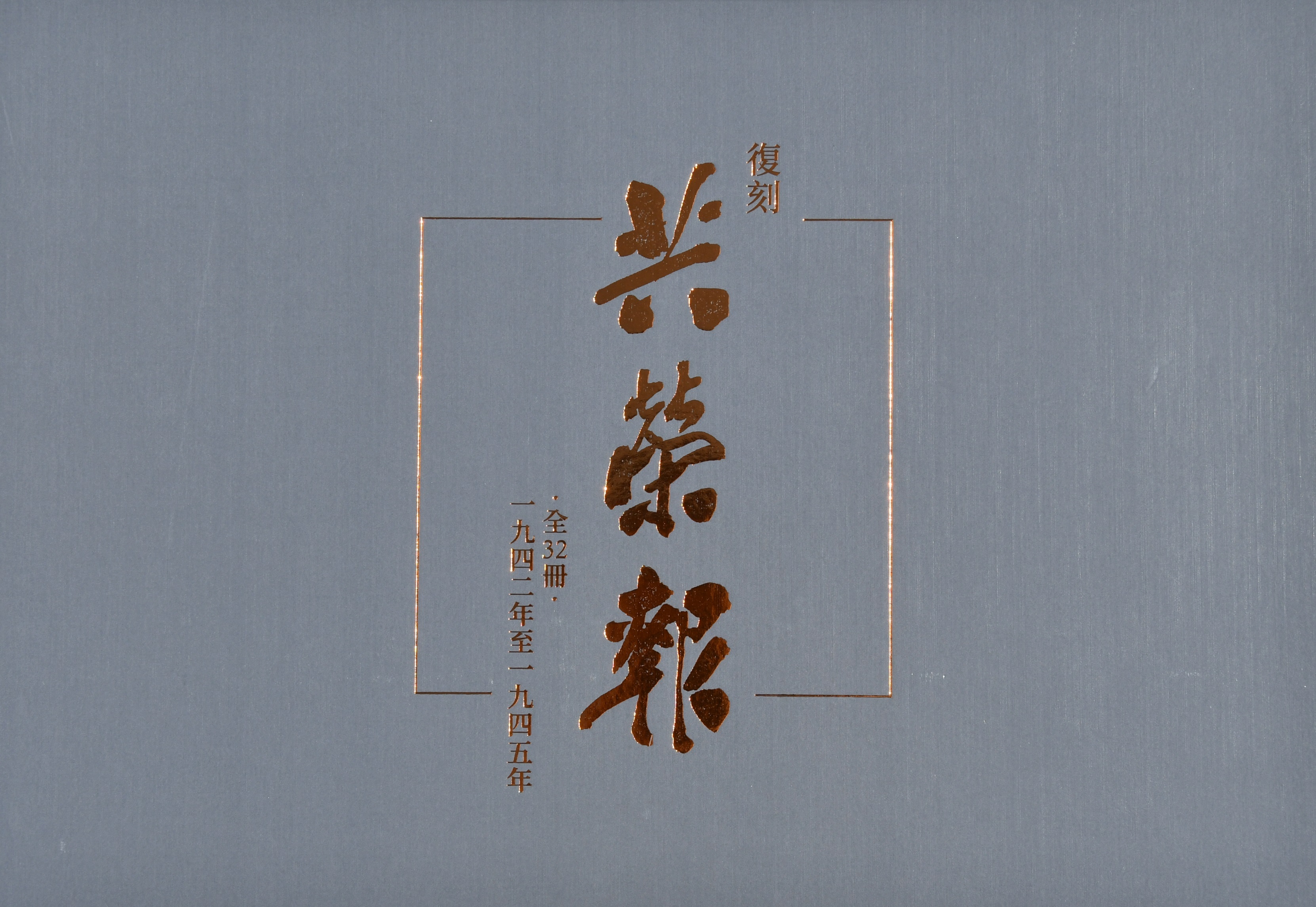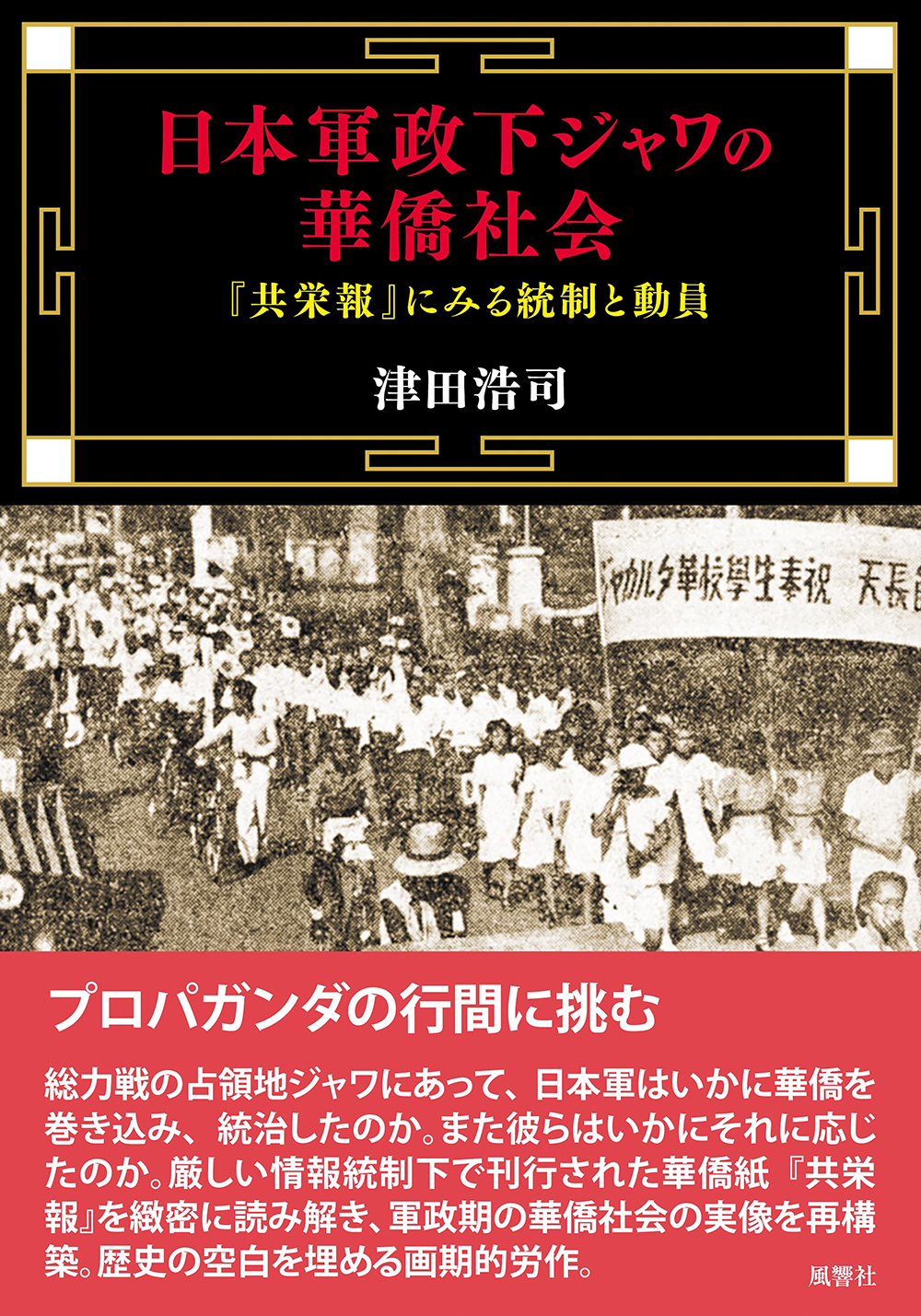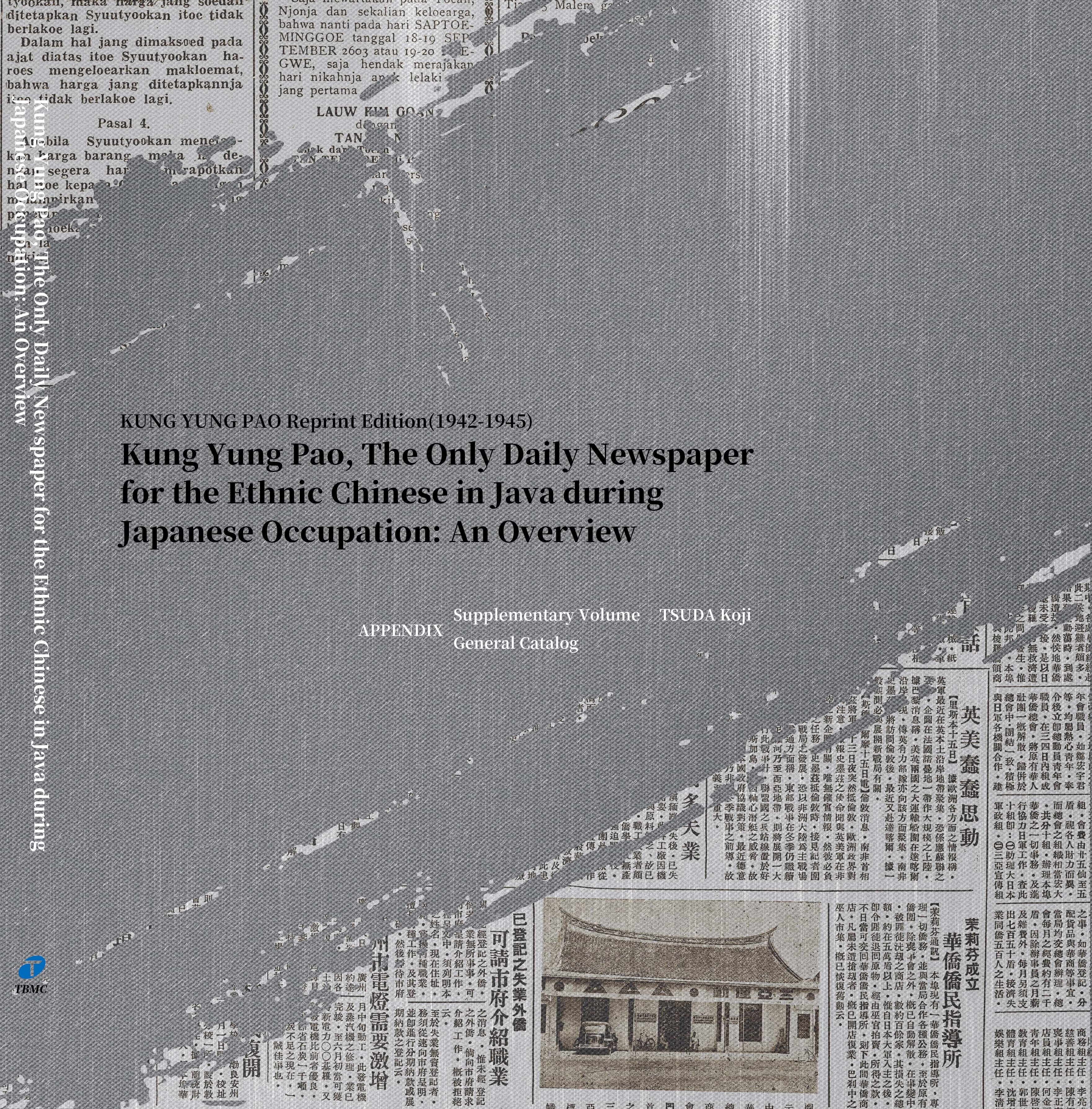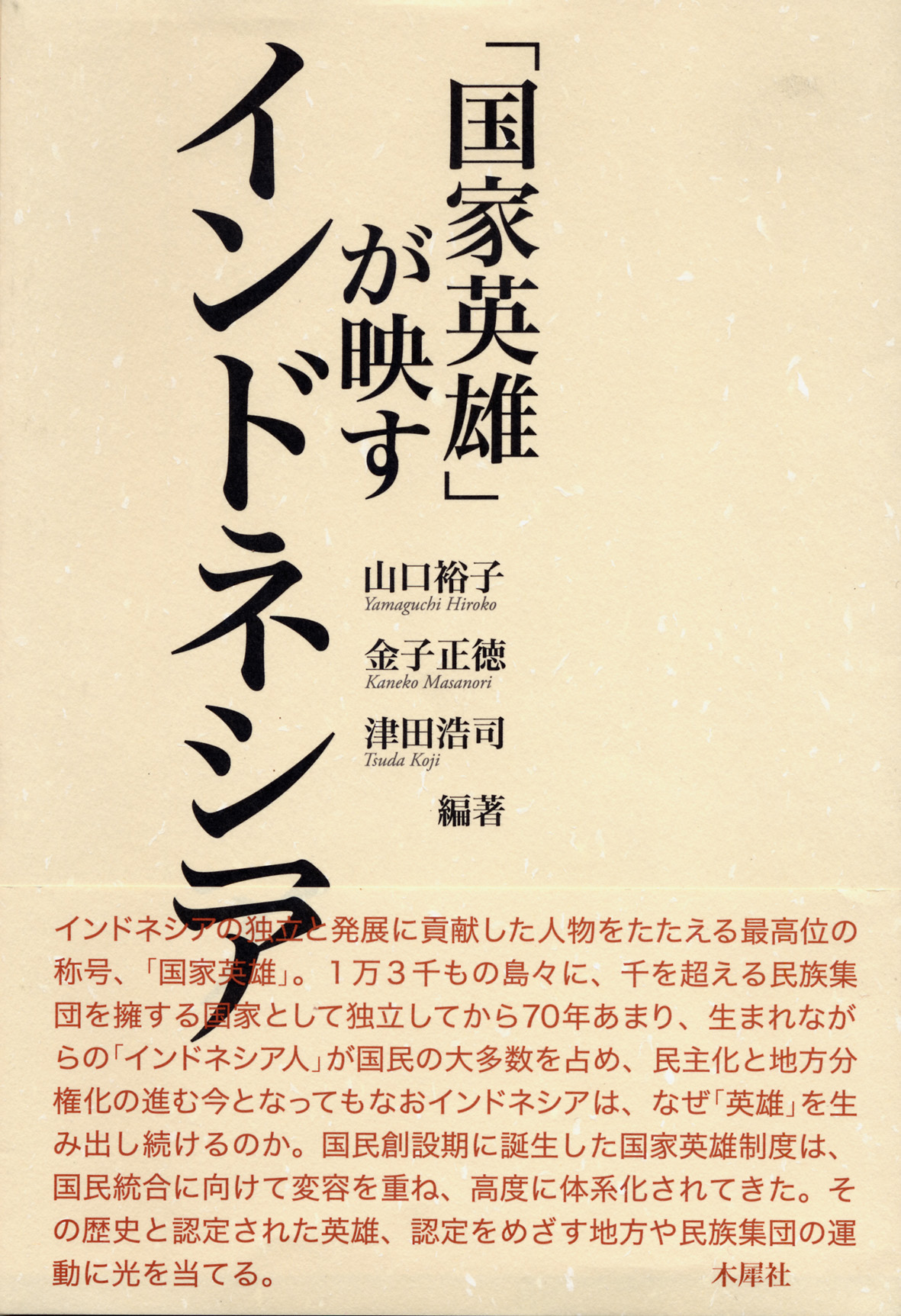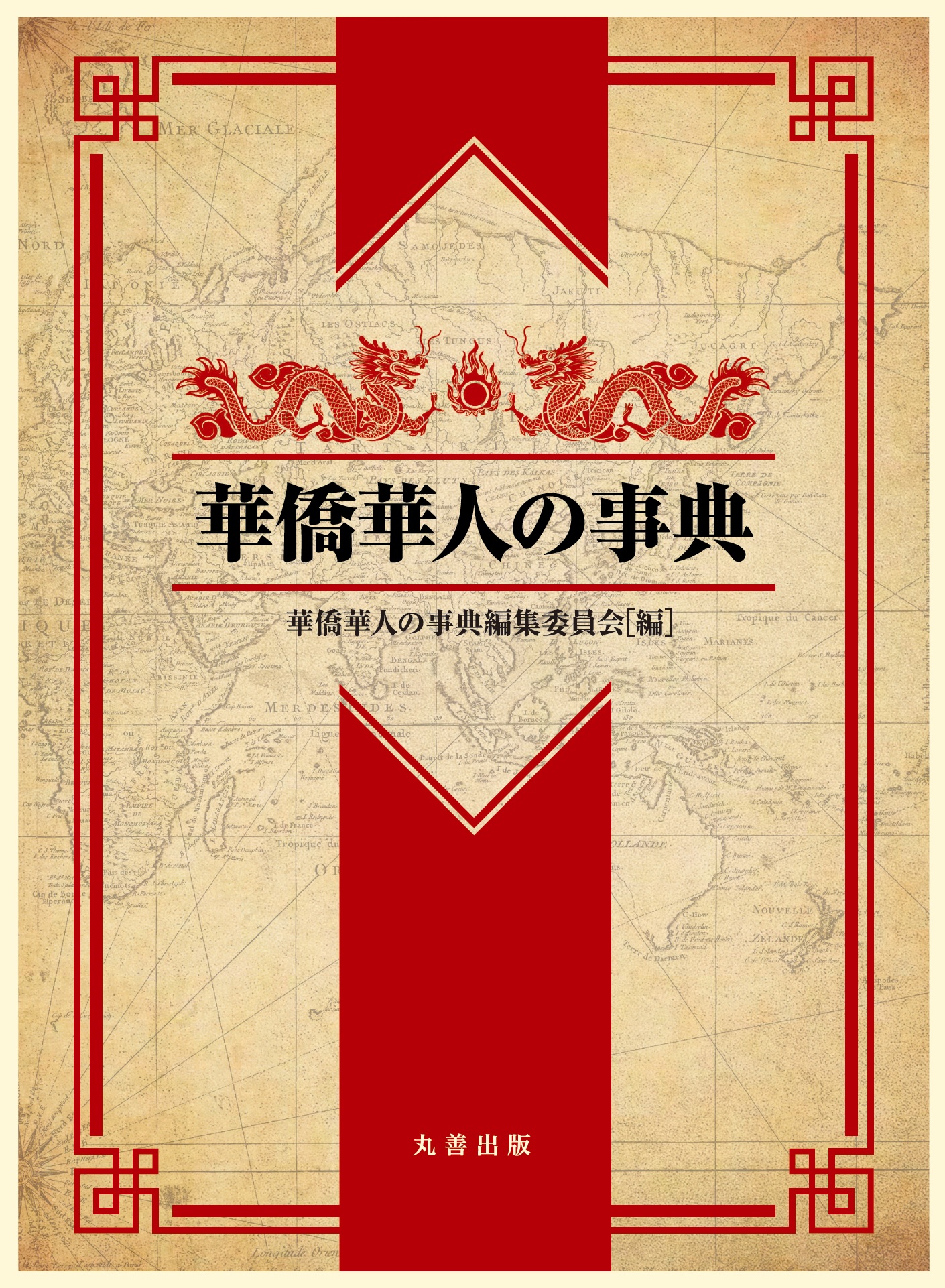
Title
Kakyo-Kajin no Jiten (A Japanese Encyclopedia of the Chinese Overseas)
Size
620 pages, A5 format
Language
Japanese
Released
November, 2017
ISBN
978-4-621-30176-0
Published by
Maruzen Publishing
Book Info
See Book Availability at Library
Japanese Page
What sorts of images does the phrase “overseas Chinese” or “ethnic Chinese” bring to mind? There would probably be few objections to defining them broadly as people of Chinese descent living overseas and their descendants. But when one goes into the matter in a little more depth in search of the typical figure of the overseas Chinese, the images will probably become more diffuse, and they will include, for example, businessmen operating restaurants and shops in China Town, labourers working as coolies in harsh conditions, entrepreneurs making full use of extensive networks to build thriving businesses, and the élite who have seized their chance after having studied in developed countries, along with those wishing to follow in their footsteps. There also exists a bipolarized view of how to position overseas Chinese in terms of society, culture, and politics—that is, whether to regard them as people rooted in the country where they have settled or as people still connected to their home country of China.
In this fashion, overseas Chinese, who would clearly appear to exist, are in fact difficult to pin down and bring to mind all sorts of images, and in this Japanese Encyclopedia of the Chinese Overseas a total of 159 leading researchers based mainly in Japan provide a multifaceted exposition of overseas Chinese, thematically arranged in three parts and thirteen chapters. Many researchers from the University of Tokyo have contributed to this book, and the ten-member editorial committee included Tsuda Koji (vice editor-in-chief) and Tanigaki Mariko (committee member) from the Graduate School of Arts and Sciences.
As mentioned, this book is broadly divided into three parts, which are followed by appendices that include descriptions of books, materials, exhibitions, and so on dealing with overseas Chinese, moving statistics, etc.
Part I, “General Remarks” (5 chapters made up of 5 introductions, 64 sections, and 5 stand-alone columns), positions overseas Chinese in terms of history, economy, politics, daily life, and culture, and it also includes a chapter on research history, dealing with the perspectives from which they have been analyzed up until now. Each chapter has sections and stand-alone columns arranged so that the reader can gain a vantage point for understanding the realities of movement (or relocation) and settlement (not necessarily equal to incorporation into the host society) by overseas Chinese and the underlying processes in the context of macro changes in history and politics.
Part II, “Regional Characteristics” (5 chapters made up of 5 introductions, 96 sections, and 9 stand-alone columns), is divided into chapters on Japan, East Asia (including the hometowns of overseas Chinese), Southeast Asia, North and South America, and other regions that enable the reader to delve into the experiences of overseas Chinese, their circumstances, and the peculiarities of their circumstances with reference to the context and historical processes of each region. In addition to the fact that, as an encyclopedia written in Japanese, the contents of the chapter on Japan are quite substantial, it also deserves to be mentioned that regions such as Europe, Oceania, Africa, and South Asia, regarding which trends concerning overseas Chinese are little known (partly because of a marked rise in Chinese immigrants in recent years), are also covered.
Part III, “Frontier” (3 chapters made up of 3 introductions, 32 sections, and 5 stand-alone columns), represents a major characteristic of this encyclopedia, and whereas the first two parts analyze overseas Chinese within a comparatively orthodox framework, in this final part an attempt is made to understand overseas Chinese in the context of a field that may be described literally as a “frontier.” As well as dealing with new movements concerning overseas Chinese as they spearhead and utilize currents of globalization or are dragged into them, this part also describes aspects of their representation in the form of records, exhibitions, and so on, showing how they have been depicted and how they themselves have disseminated information about themselves. Further, with a view to substantially relativizing the image of overseas Chinese, who have in the past been discussed with a disproportionate emphasis on Han Chinese, there has been specially set aside a chapter for explaining the movement and settlement of ethnic minorities living in China.
The sections and stand-alone columns that have been arranged in the above manner have been carefully written in an easy-to-understand style by leading researchers on the basis of the latest research findings, including field data, so that they can be easily read in the form of two-page spreads (with some four-page sections) and single-page stand-alone columns. Readers who take this encyclopedia in their hands will no doubt be able to gain an understanding of each topic through organically linked discussions that differ in quality from the terminological information obtained through Internet searches and the like. And if one reads this encyclopedia from cover to cover, one will realize that the images of overseas Chinese listed above by way of example are (although not completely mistaken) no more than fragmentary and limited images based on certain periods and regions and on particular perspectives and that they reflect only a tiny part of the true picture of overseas Chinese, who have exhibited and are exhibiting a diversity of forms both diachronically and synchronically. Of course, instead of reading through the encyclopedia from the beginning, there is nothing wrong with using the section and column titles and the substantial index to dip into it selectively, starting from those parts that attract one’s interest. Either way, this encyclopedia will provide the best guide for those wishing to learn more about overseas Chinese, to start studying about them, or to add further depth to their research on the subject.
(Written by TSUDA Koji, Associate Professor, Graduate School of Arts and Sciences / 2018)
Related Info
Journal of Chinese Overseas Studies, No.15 (Nov. 2018)



 Find a book
Find a book


 eBook
eBook